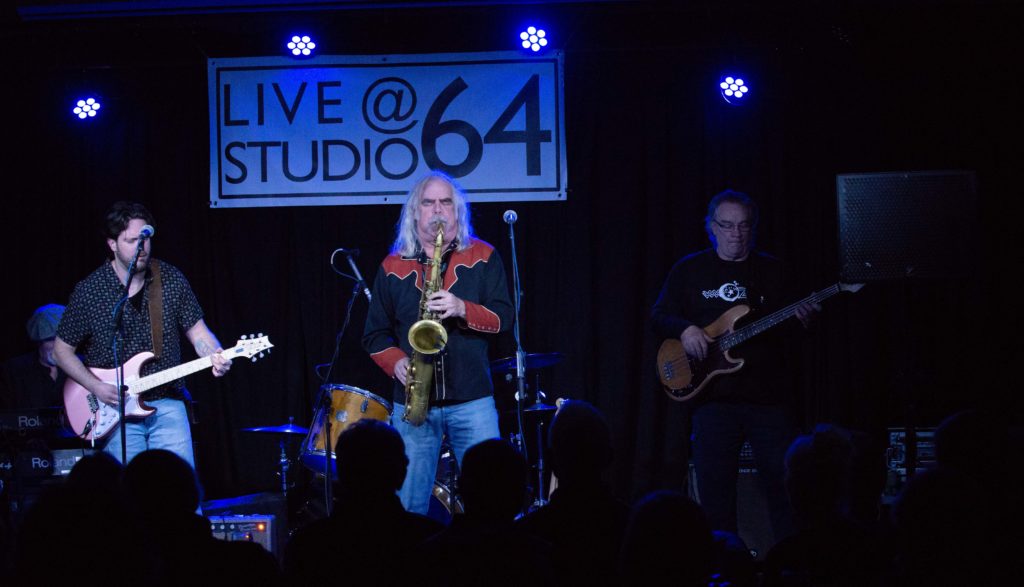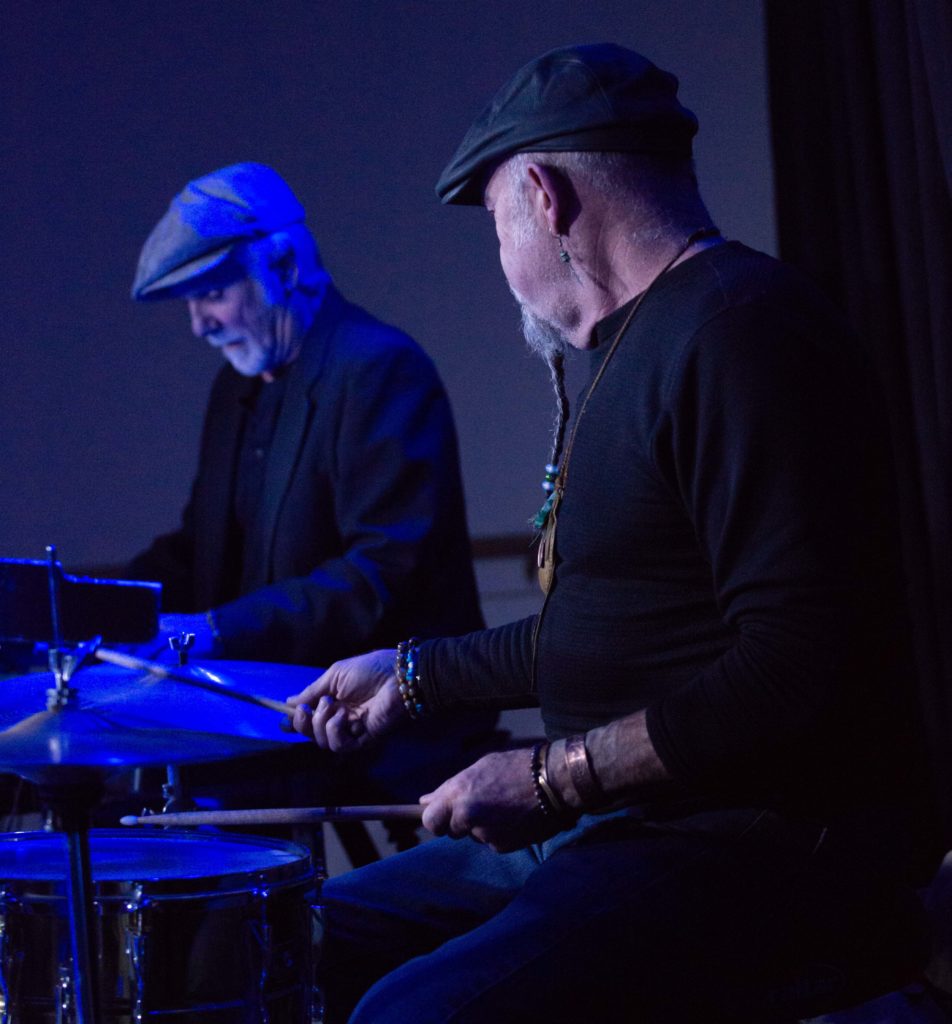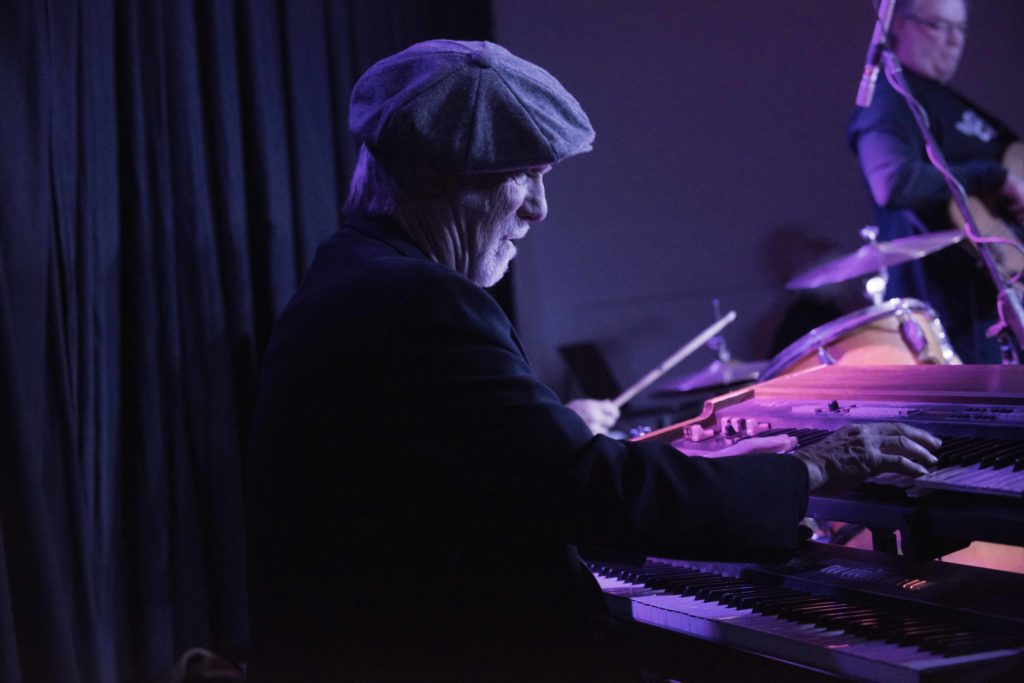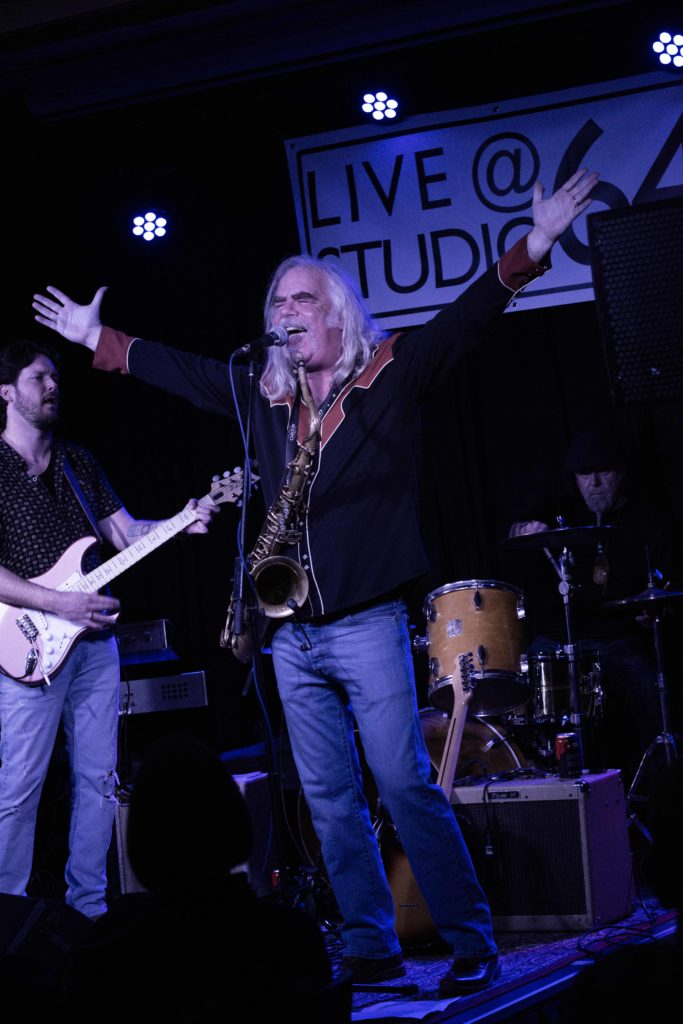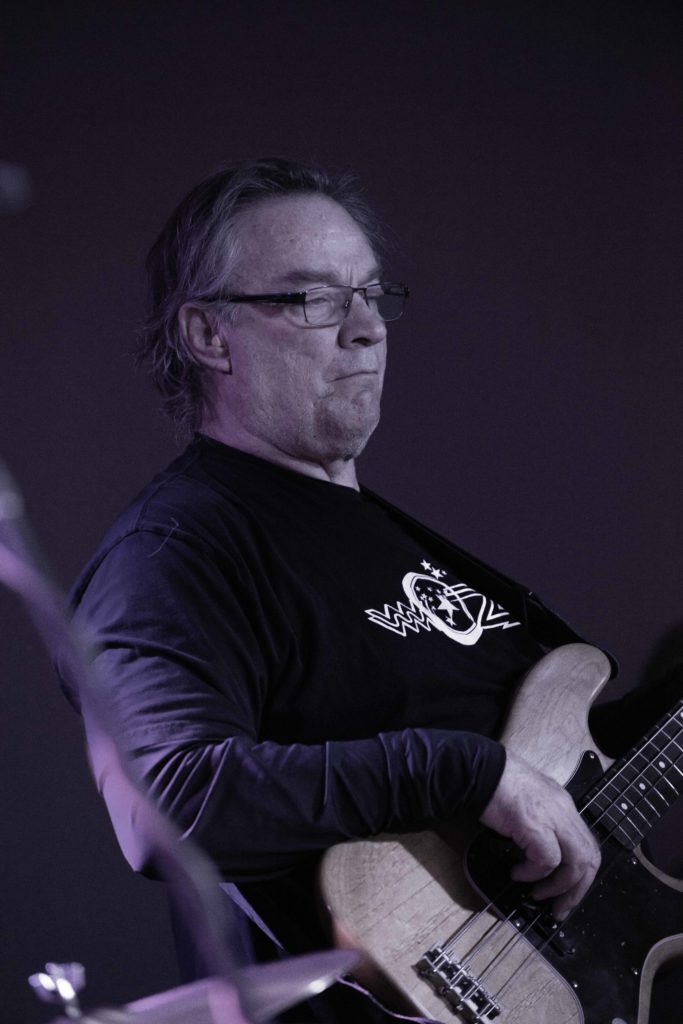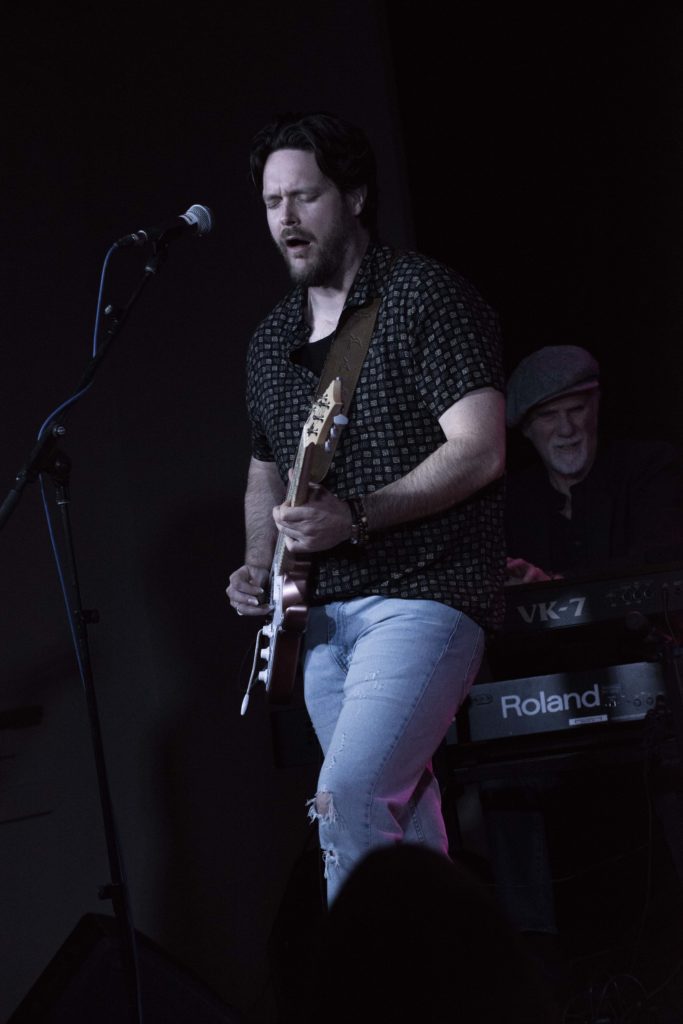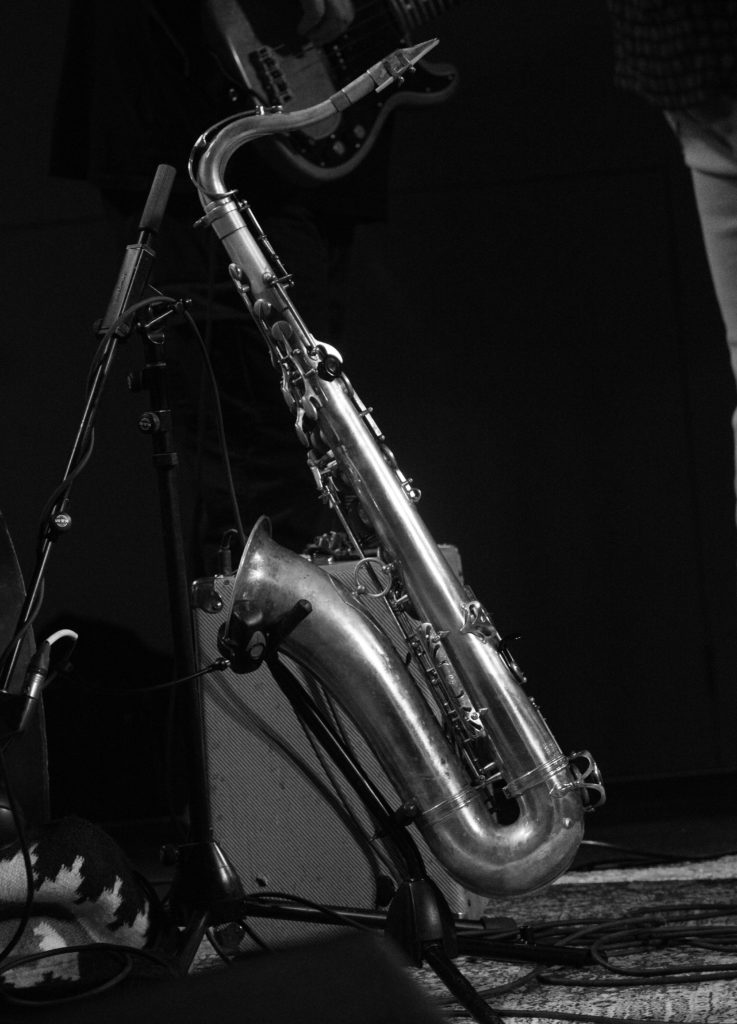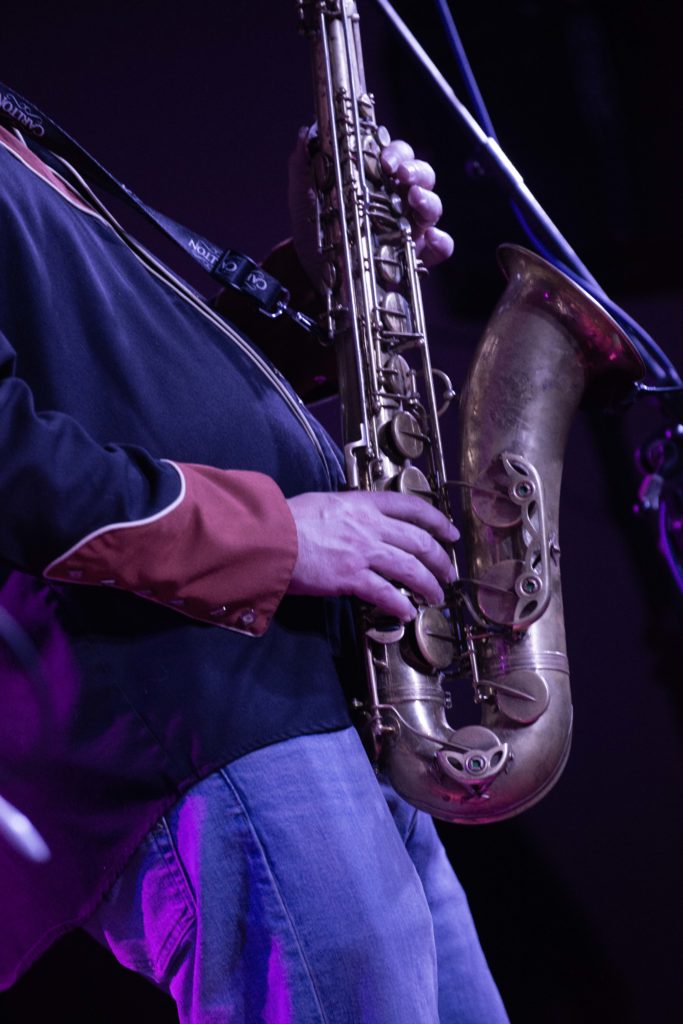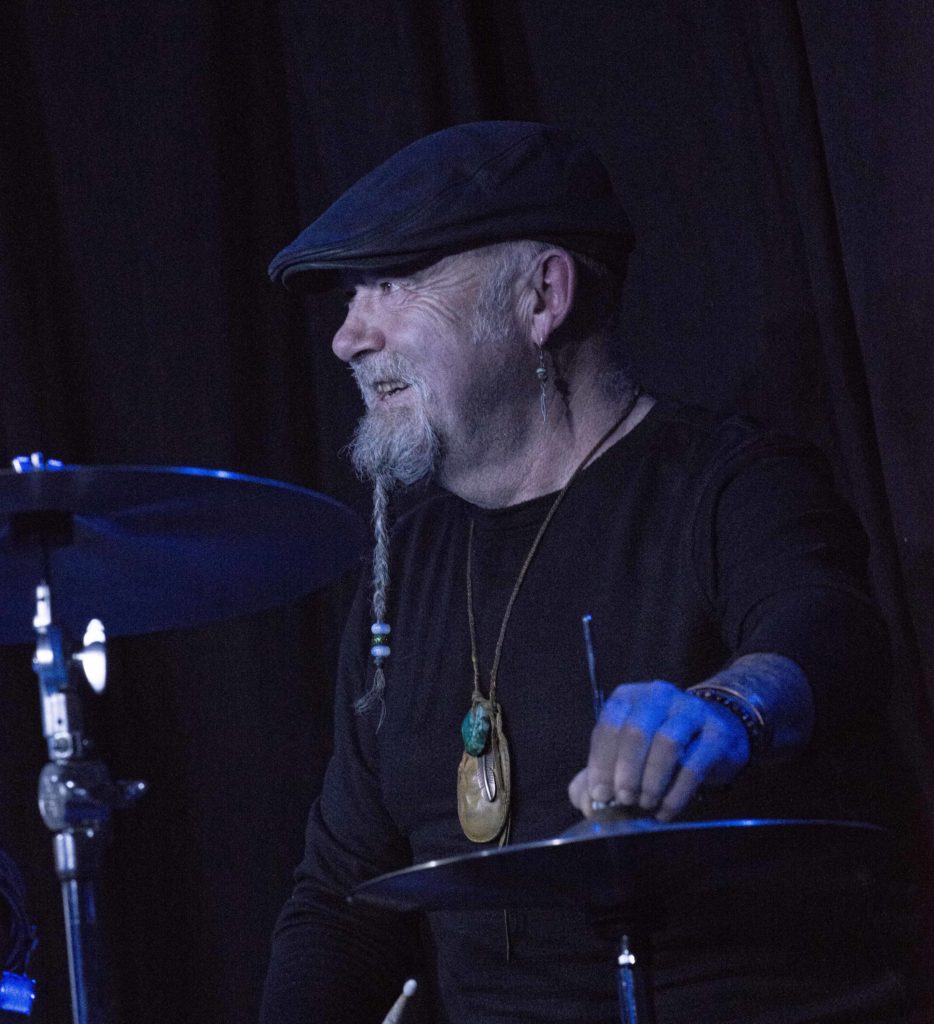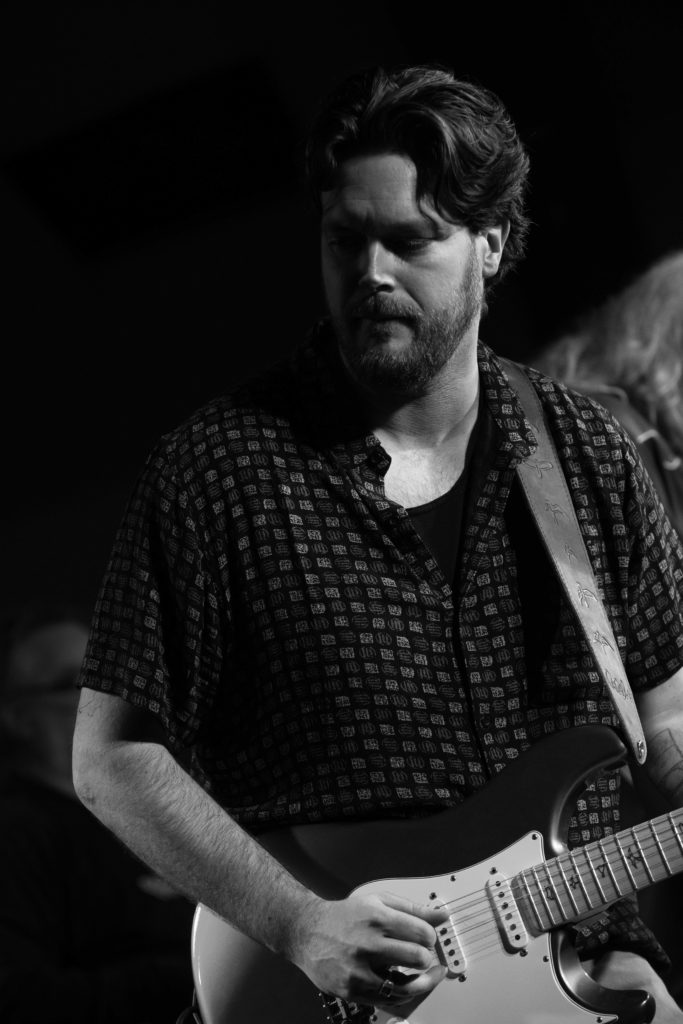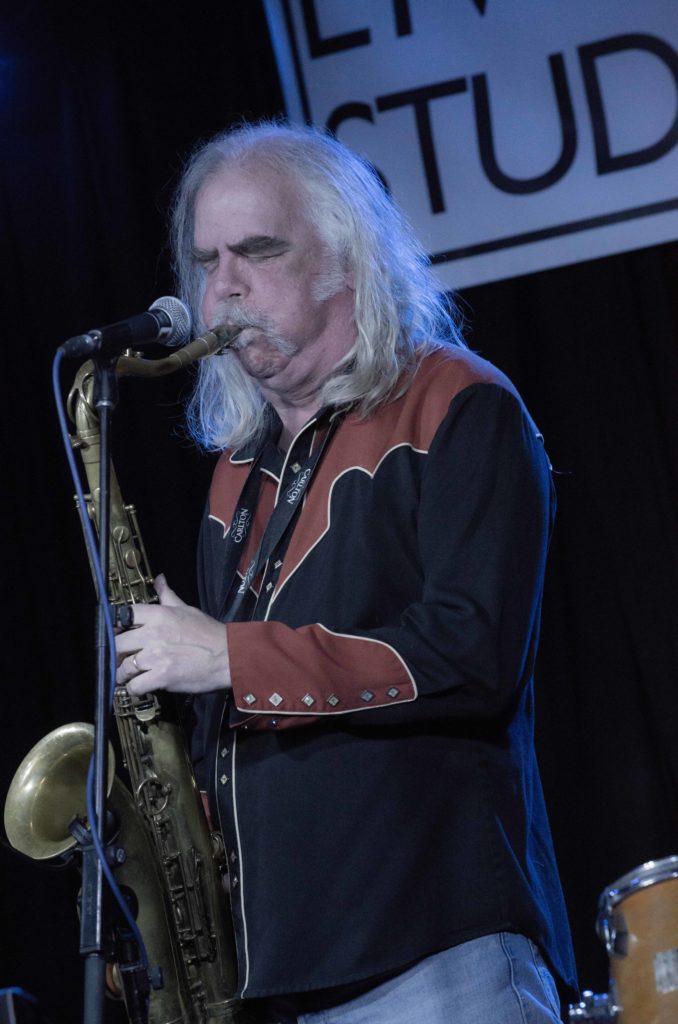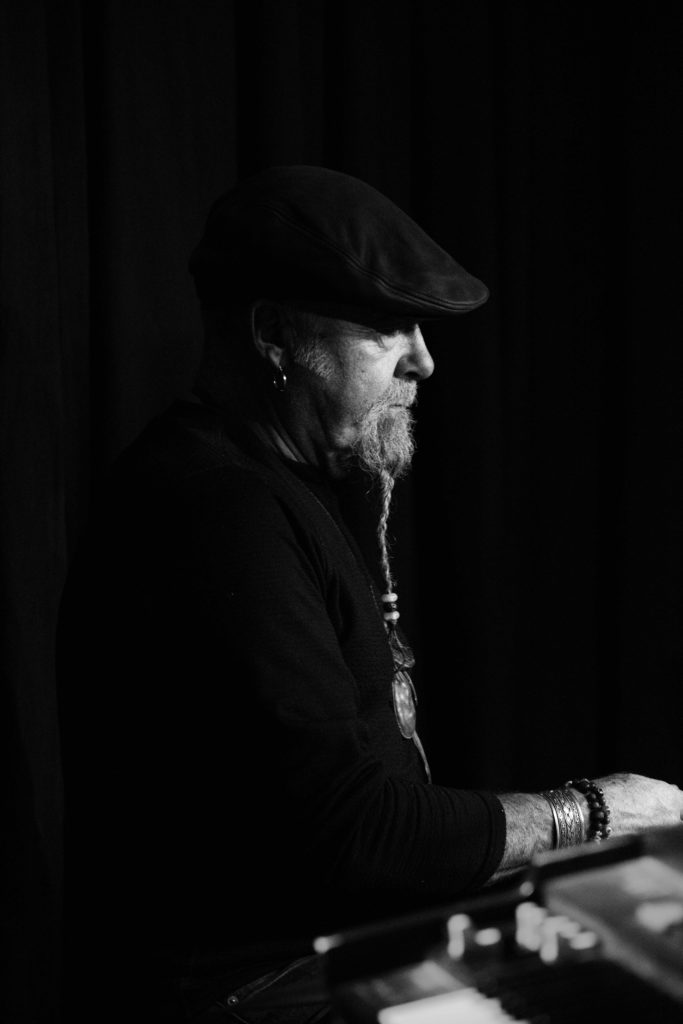My wife and I visited Dublin in September 2000. At that time, as a participant in the economic Celtic Tiger Boom our son and his wife were living and working in Dublin and it was a convenient excuse to visit the land of my forefathers, take in sights and soak up the music. In 1870 members of the McGrath family (my ancestors) emigrated from Dublin (or was it Cork?) to Australia. My wife Mae also had a family connection to Belfast. So while we were not “Irish Irish” we have a connection Ireland. While we were there I remember a newspaper article commenting on the the just released population census that pegged the Irish population as the highest since the great famine of the mid-1800s. The article noted that the population of Ireland before the famine was around eight million. Over a relatively short period of time famine and mass emigration cut that number almost in half. At the time of our visit the population of Ireland was still only around five million. The famine was caused by a fungal infection that destroyed the potato crop. For those who are unaware of the Irish Famine here is the Wikipedia entry ……..
“The Great Famine, also known within Ireland as the Great Hunger or simply the Famine and outside Ireland as the Irish Potato Famine, was a period of starvation and disease in Ireland lasting from 1845 to 1852 that constituted a historical social crisis and subsequently had a major impact on Irish society and history as a whole. The most severely affected areas were in the western and southern parts of Ireland—where the Irish language was dominant—and hence the period was contemporaneously known in Irish as an Drochshaol, which literally translates to “the bad life” and loosely translates to “the hard times”. The worst year of the famine was 1847, which became known as “Black ’47”. During the Great Hunger, roughly 1 million people died and more than 1 million more fled the country causing the country’s population to fall by 20–25% (in some towns, populations fell as much as 67%) between 1841 and 1871. Between 1845 and 1855, at least 2.1 million people left Ireland, primarily on packet ships but also on steamboats and barques —one of the greatest exoduses from a single island in history.”
“The famine was a defining moment in the history of Ireland which was part of the United Kingdom of Great Britain and Ireland from 1801 to 1922. The famine and its effects permanently changed the island’s demographic, political, and cultural landscape, producing an estimated 2 million refugees and spurring a century-long population decline For both the native Irish and those in the resulting diaspora, the famine entered folk memory. The strained relations between many Irish and their ruling British government worsened further because of the famine, heightening ethnic and sectarian tensions and boosting nationalism and republicanism both in Ireland and among Irish emigrants around the world. English documentary maker John Percival said that the famine “became part of the long story of betrayal and exploitation which led to the growing movement in Ireland for independence.” Scholar Kirby Miller makes the same point. Debate exists regarding nomenclature for the event, whether to use the term “Famine”, “Potato Famine” or “Great Hunger”, the last of which some believe most accurately captures the complicated history of the period.”
The potato blight returned to Europe in 1879 but, by this time, the Land War (one of the largest agrarian movements to take place in 19th-century Europe) had begun in Ireland The movement, organized by the Land League, continued the political campaign for the Three Fs (Free Sale, Fixity of Tenure, Fair Rent) which was issued in 1850 by the Tenant Right League during the Great Famine. When the potato blight returned to Ireland in the 1879 famine, the League boycotted “notorious landlords” and its members physically blocked the evictions of farmers; the consequent reduction in homelessness and house demolitions resulted in a drastic reduction in the number of death.”
Historical population
| Year | Population[8] | %Change | Av % per year |
|---|---|---|---|
| 2022 | 7.1m | ||
| 2016 | 6.66m | ||
| 2011 | 6.39m | ||
| 2006 | 5.98m | ||
| 2001 | 5.6m | ||
| 1996 | 5.29m | ||
| 1991 | 5.1m | ||
| 1986 | 5.1m | ||
| 1981 | 5m | ||
| 1971 | 4.51m | ||
| 1966 | 4.36m | ||
| 1961 | 4.25m | ||
| 1956 | 4.29m | ||
| 1951 | 4.33m | ||
| 1946 | 4.29m | ||
| 1931 | 4.21m | ||
| 1926 | 4.23m | ||
| 1911 | 4.38m | ||
| 1901 | 4.46m | ||
| 1891 | 4.7m | ||
| 1881 | 5.18m | ||
| 1871 | 5.4m | ||
| 1861 | 5.8m | ||
| 1851 | 6.55m | ||
| 1841 | 8.18m | ||
| 1834 | 7.95m | ||
| 1831 | 7.77m | ||
| 1821 | 6.8m | ||
| 1806[12] | 5.57m | ||
| 1791 | 4.75m | ||
| 1781 | 4.05m | ||
| 1754 | 3.2m | ||
| 1718 | 2.9m | ||
| 1600 | 1.4m |
In 2016, the population of Ireland for the first time exceeded the population recorded in the Census of 1851, the first census immediately after the Great Famine, when the population of the island was recorded at 6,575,000.
The response of the British Parliament of the day was inadequate and, some say callous, and even possibly Genocide. Here is a YouTube video that explores the Great Famine and the British response to the crisis.
Some of the twisted logic of the politicians of that era is still in use today. How often do we echoes of racial superiority and hear the cry “let the free markets rule” .
Irish refugees from the famine scattered across the world creating huge Irish diasporas in Canada, the USA and Australia. Here is a song written by the Irish guitarist John Doyle that captures some of the despair of the time.
@@@@@@@@@@@@@@@@



